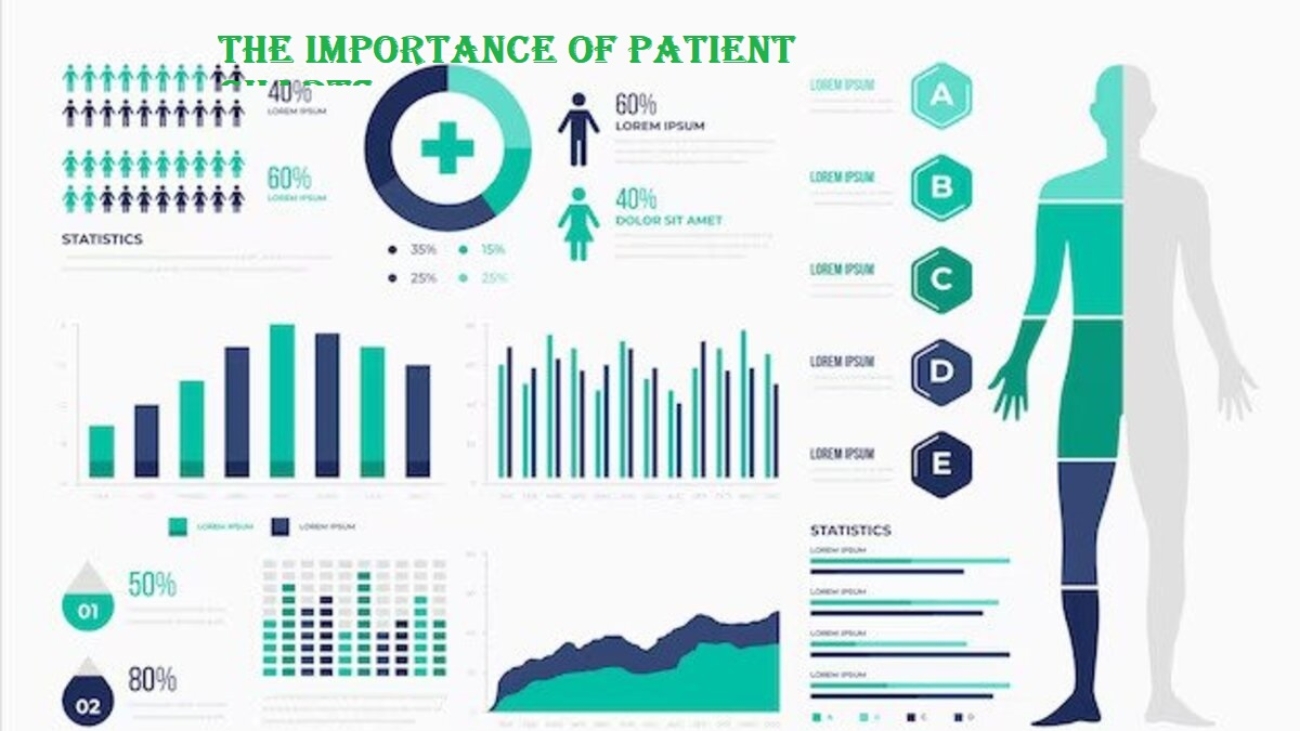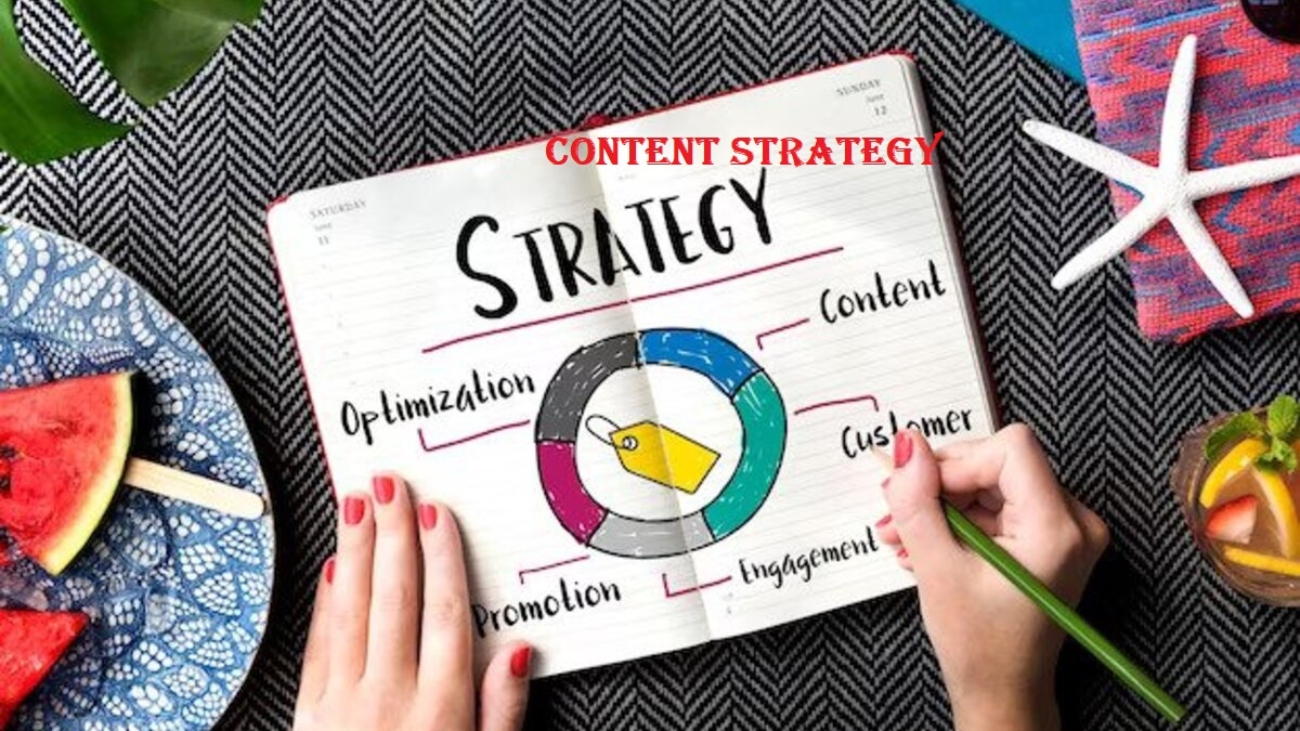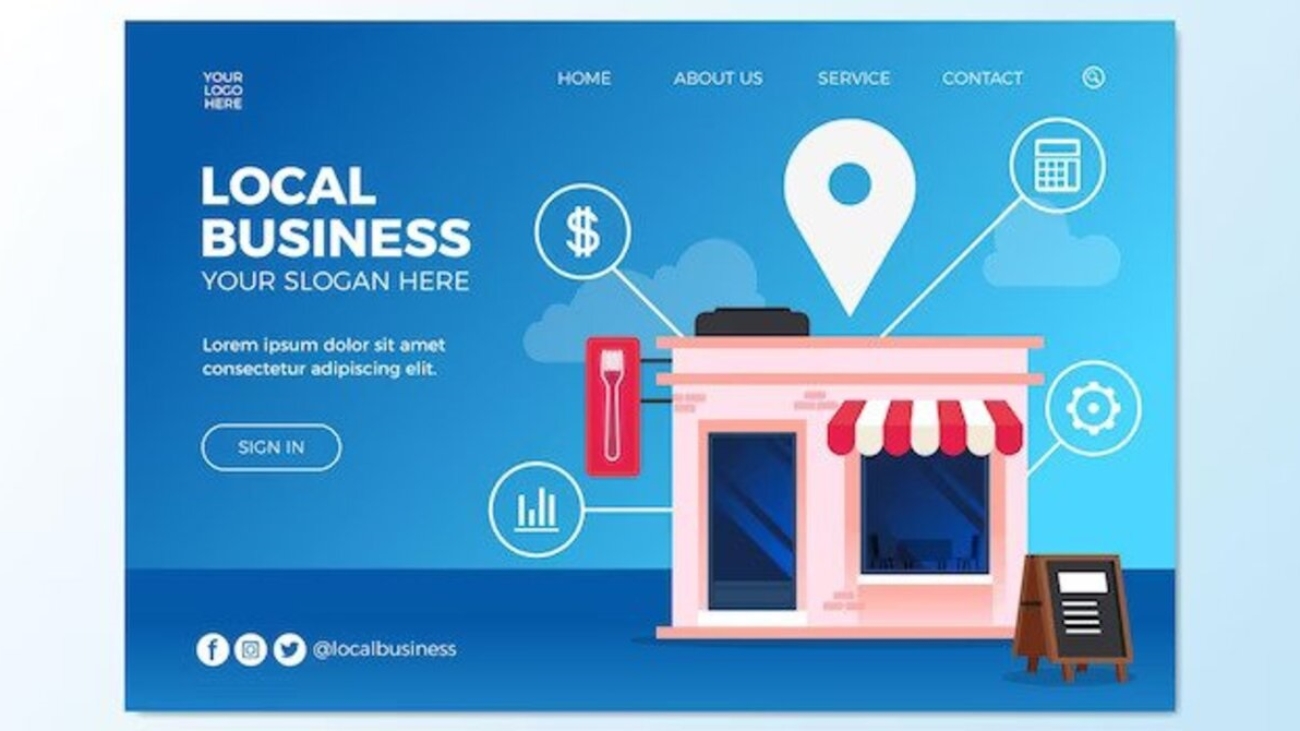The NBA (National Basketball Association) is a men’s professional basketball league based in North America. It was founded in 1946 and currently consists of 30 teams, 29 from the United States and 1 from Canada. The NBA is one of the four major professional sports leagues in North America, alongside the NFL, MLB, and NHL.
Each NBA team plays 82 regular season games, with 41 home games and 41 away games. The season typically runs from October to April, with the playoffs starting in late April and culminating in June with the NBA Finals, where the Eastern Conference champion and Western Conference champion compete in a best-of-seven series to determine the NBA champion.
The NBA has produced some of the greatest basketball players of all time, including Michael Jordan, Kobe Bryant, LeBron James, Magic Johnson, and Larry Bird. The league has also been at the forefront of social and cultural issues, with players using their platform to speak out on issues such as racial injustice and police brutality.
Here are the 5 Greatest NBA Players of All Time.
1. LeBron James – Forward, Los Angeles Lakers:
LeBron James is a professional basketball player who is widely considered to be one of the greatest players of all time. He was born on December 30, 1984, in Akron, Ohio, and began playing basketball at a young age. In high school, LeBron was already attracting national attention for his basketball skills, and he was eventually selected as the first overall pick in the 2003 NBA draft by the Cleveland Cavaliers.
During his career, LeBron has played for the Cleveland Cavaliers, Miami Heat, and currently the Los Angeles Lakers. He has won four NBA championships, four NBA Finals MVP awards, and has been named the NBA MVP four times. LeBron is known for his all-around skills on the court, including his scoring, passing, and defensive abilities. He is also a vocal advocate for social justice issues, using his platform to bring attention to issues such as police brutality, racial inequality, and voter suppression.
Off the court, LeBron is involved in various business ventures, including his production company, SpringHill Entertainment, and his media platform, Uninterrupted. He is also involved in various charitable efforts through his LeBron James Family Foundation, which focuses on education and community development initiatives.
LeBron James is undoubtedly one of the greatest NBA players of all time. He has been named the NBA Finals MVP four times, won four NBA championships, and is a 17-time NBA All-Star. LeBron is known for his exceptional basketball skills, including his ability to score, pass, and play defense. He has also been a leader on and off the court, using his platform to advocate for social justice issues and support various charitable causes. While it is subjective to say who the greatest NBA player of all time is, LeBron’s accomplishments, skills, and impact on the game make him a strong contender for that title.
2.Kevin Durant – Forward, Brooklyn Nets:
While Kevin Durant is a great basketball player, it is subjective to say that he is the all-time greatest NBA player. However, Durant has undoubtedly had a successful career in the NBA. He was born on September 29, 1988, in Washington, D.C., and played college basketball at the University of Texas before being drafted second overall by the Seattle SuperSonics (now the Oklahoma City Thunder) in the 2007 NBA draft.
During his career, Durant has played for the Seattle SuperSonics/Oklahoma City Thunder, Golden State Warriors, and currently the Brooklyn Nets. He has won two NBA championships and has been named the NBA Finals MVP twice. Durant is known for his scoring ability, with a career average of 27.1 points per game, as well as his versatility and ability to play multiple positions.
Off the court, Durant is involved in various business ventures, including his own production company and investment fund. He is also active in charitable causes, including his Kevin Durant Charity Foundation, which focuses on educational and athletic opportunities for at-risk youth.
3. Stephen Curry – Guard, Golden State Warriors:
Stephen Curry is a great basketball player and one of the greatest shooters in NBA history. While it is subjective to say that he is the all-time greatest NBA player, Curry has had a remarkable career and has made a significant impact on the game. He was born on March 14, 1988, in Akron, Ohio, and played college basketball at Davidson College before being drafted seventh overall by the Golden State Warriors in the 2009 NBA draft.
During his career, Curry has played for the Golden State Warriors, where he has won three NBA championships and has been named the NBA MVP twice. He is known for his exceptional shooting ability, including his three-point shooting, and has set numerous records for three-pointers made in a season and in a game. Curry is also a skilled ball-handler, passer, and playmaker, and is known for his leadership on and off the court.
Off the court, Curry is involved in various business ventures, including his own production company and investment fund. He is also active in charitable causes, including his Eat. Learn. Play. Foundation, which focuses on providing quality education, nutrition, and physical activity opportunities for children in underserved communities.
4. Giannis Antetokounmpo – Forward, Milwaukee Bucks:
While it is subjective to say that Giannis Antetokounmpo is the all-time greatest NBA player, he is undoubtedly a great basketball player and has had a significant impact on the Milwaukee Bucks franchise. Antetokounmpo was born on December 6, 1994, in Athens, Greece, and began his professional career in Greece before being drafted 15th overall by the Milwaukee Bucks in the 2013 NBA draft.
During his career with the Bucks, Antetokounmpo has won two NBA MVP awards, a Defensive Player of the Year award, and led the team to its first NBA championship in 50 years in 2021, where he was named the NBA Finals MVP. He is known for his versatility and ability to play multiple positions, as well as his athleticism, scoring ability, and defensive skills.
Off the court, Antetokounmpo is involved in various charitable causes, including his own Giannis Foundation, which focuses on supporting underserved children and families in Milwaukee and his native Greece. He is also involved in various business ventures, including a partnership with Nike and his own signature shoe line.
5. James Harden – Guard, Brooklyn Nets:
While James Harden is a great basketball player, it is subjective to say that he is the all-time greatest NBA player. However, Harden has undoubtedly had a successful career in the NBA. He was born on August 26, 1989, in Los Angeles, California, and played college basketball at Arizona State University before being drafted third overall by the Oklahoma City Thunder in the 2009 NBA draft.
During his career, Harden has played for the Oklahoma City Thunder, Houston Rockets, and currently the Brooklyn Nets. He has won an NBA MVP award, led the league in scoring three times, and has been named to the All-NBA First Team six times. Harden is known for his scoring ability, particularly his skills as a shooter and a ball-handler.
Off the court, Harden is involved in various charitable causes, including his own 3 The Harden Way Foundation, which focuses on providing academic and athletic opportunities for underprivileged children in Houston. He is also involved in various business ventures, including a partnership with Adidas and his own shoe line.
Final Word:
The NBA is a globally recognized professional basketball league that features the world’s best basketball players. Throughout its history, the NBA has produced numerous legendary players who have left their mark on the game and inspired generations of basketball players and fans.
The NBA has evolved over time, from the early days of the league when players wore short shorts and played in small arenas, to the current era of high-flying dunks, three-point shooting, and global reach. The league continues to grow in popularity and reach, with players from all over the world now making their mark in the NBA.
While individual players have had remarkable careers and achievements, basketball is ultimately a team sport, and it takes a collective effort to win championships and achieve success. The NBA’s greatest teams have had not just one, but multiple great players working together to achieve their goals.
Overall, the NBA and its players have had a tremendous impact on the sport of basketball and popular culture. They have provided countless memorable moments and will continue to inspire future generations of basketball players and fans around the world.










